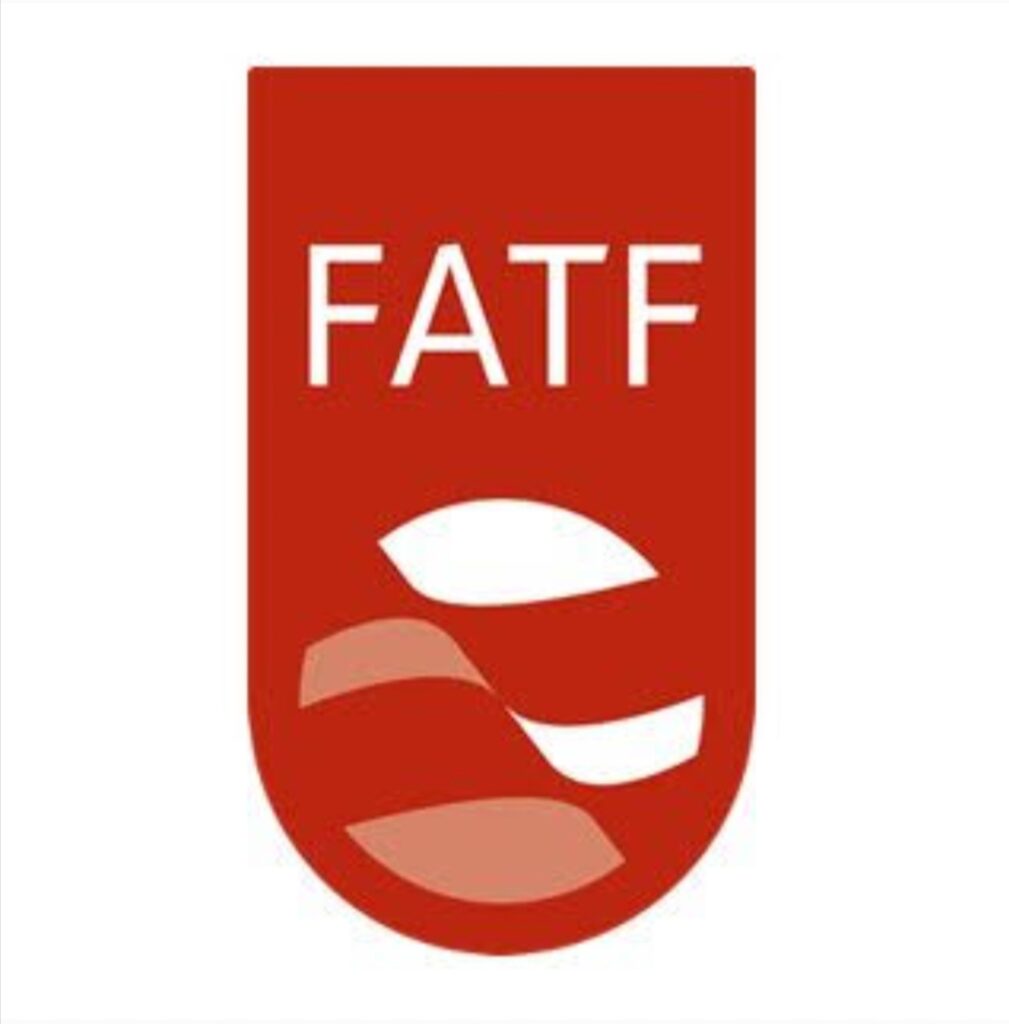Pakistan’s Exit from the FATF Grey List: Financial Gains, Geopolitical Shifts, and Implications for India-Pakistan Tensions

In October 2022, the Financial Action Task Force (FATF), the global watchdog on money laundering and terror financing, removed Pakistan from its grey list after four years of increased monitoring. This decision, following Pakistan’s completion of a 34-point action plan, marked a significant milestone for the economically strained nation. However, the move has sparked debates about its financial benefits, geopolitical underpinnings, and potential impact on Pakistan’s relations with India, especially amid recent tensions following the April 2025 Pahalgam terror attack. This article explores these dimensions, weighing the pros and cons in the context of possible conflict escalation.
Financial Implications of Pakistan’s Removal from the FATF Grey List
Pakistan’s grey-listing from June 2018 to October 2022 imposed significant economic costs. The increased scrutiny on financial transactions raised transaction costs, deterred foreign direct investment (FDI), and complicated access to international loans from institutions like the International Monetary Fund (IMF) and World Bank. Estimates suggest Pakistan lost approximately $38 billion in GDP due to grey-listing from 2008 to 2019, with annual debt servicing obligations of $8.3 billion against a trade deficit of $37 billion and foreign reserves of just $8.9 billion in November 2022.
Financial Gains Post-Removal:
- Improved Access to Capital: Removal from the grey list signaled to global markets that Pakistan had addressed deficiencies in its anti-money laundering (AML) and counter-terrorism financing (CFT) frameworks. This boosted Pakistan’s credibility, facilitating easier access to loans and FDI. In July 2024, the IMF approved a $7 billion bailout package, a critical lifeline for Pakistan’s economy, which relies heavily on external financing.
- Reduced Transaction Costs: The end of enhanced monitoring lowered the compliance burden on international transactions, as noted by economist Khurram Husain, potentially increasing remittances and banking flows.
- Economic Stabilization: The reputational boost encouraged investor confidence, with the Pakistan Stock Exchange showing resilience despite recent dips following India’s diplomatic moves in 2025. Senior economist Haroon Sharif emphasized that sustained reforms could trap suspicious transactions, further stabilizing the economy.
However, these gains are not guaranteed. Pakistan’s economy remains fragile, with 40–50% of government revenue in 2023 consumed by interest payments, placing it among the world’s most indebted nations alongside Sri Lanka and Ghana. The $7 billion IMF package comes with stringent conditions, limiting discretionary spending.
Geopolitical Angles
Pakistan’s exit from the grey list was a diplomatic victory, but it unfolded against a complex geopolitical backdrop involving key players like the United States, China, and India.
- U.S. and Western Influence: Some analysts, including posts on X, suggest that Pakistan’s removal was facilitated by tacit U.S. support, possibly to maintain leverage in South Asia amid declining Western interest in Afghanistan. Pakistan’s historical geopolitical importance, particularly during the Afghanistan conflict, has often shielded it from harsher sanctions. However, U.S. support has waned as focus shifts to countering China, reducing Pakistan’s strategic clout.
- China’s Role: China, Pakistan’s “all-weather friend,” provided diplomatic backing but did not oppose grey-listing in 2018, indicating limits to its willingness to shield Pakistan from international financial norms. The $62 billion China-Pakistan Economic Corridor (CPEC) remains a cornerstone of Pakistan’s economy, and China’s 6.09% voting share in the IMF could counterbalance India’s efforts to block loans.
- India’s Position: India, an FATF member, reluctantly accepted Pakistan’s removal in 2022 but insisted on sustained action against terrorism. Following the Pahalgam attack, India has intensified efforts to reinstate Pakistan on the grey list, citing alleged support for groups like Lashkar-e-Taiba (LeT). India’s 2.36% IMF voting share limits its ability to block loans unilaterally, but it is lobbying allies like the U.S. (16.5%) and Japan (6.1%) ahead of the IMF’s May 2025 board meeting and FATF’s June 2025 plenary.
- Pakistan’s Diplomatic Maneuvers: Pakistan has countered India’s moves by strengthening ties with allies like Turkey and Saudi Arabia, while leveraging its compliance with FATF standards to bolster credibility. Foreign Minister Bilawal Bhutto Zardari’s efforts were credited in some X posts for securing the 2022 exit. However, Pakistan’s defiance, including suspending trade with India and hinting at revisiting the Simla Agreement, escalates tensions.
The FATF process, while technical, is not immune to politics. Pakistan’s history of toggling on and off the grey list (2008–2012, 2012–2015, 2018–2022) suggests that geopolitical considerations often influence outcomes. India’s current push reflects a strategic use of financial diplomacy to curb Pakistan’s alleged terror financing, but success depends on consensus among FATF’s 40 members.
Pros and Cons in the Context of Escalation with India
Pakistan’s removal from the grey list and subsequent financial inflows have implications for its capacity to engage in or escalate conflict with India, particularly in Jammu and Kashmir, where cross-border terrorism remains a flashpoint.
Pros for Pakistan:
- Economic Breathing Room: Access to IMF funds and potential FDI provides fiscal space to stabilize the economy, reducing domestic pressure and allowing focus on strategic priorities. This could indirectly support military modernization, though IMF oversight limits overt diversion.
- Diplomatic Leverage: Removal from the grey list enhances Pakistan’s international standing, enabling it to rally support from allies like China and Turkey against India’s accusations. This was evident in Pakistan’s diplomatic countermeasures post-Pahalgam, including missile test notifications.
- Proxy Warfare Capacity: While FATF compliance required actions like jailing LeT’s Hafiz Saeed, some X posts and Indian officials argue that Pakistan retains a recessed terrorism infrastructure. Financial inflows could, in theory, sustain covert support for groups like The Resistance Front (TRF), a LeT proxy, though evidence remains contested.
Cons for Pakistan:
- Increased Scrutiny: Pakistan remains under Asia-Pacific Group (APG) monitoring to ensure sustained AML/CFT reforms. Any evidence of terror financing, as alleged by India post-Pahalgam, risks grey-list reinstatement or even blacklisting, which would cripple the economy.
- Economic Constraints: Despite IMF funds, Pakistan’s debt burden and $8.3 billion annual servicing obligations limit discretionary spending. Escalating conflict with India, whether through proxies or direct means, is financially unsustainable, especially with agriculture (22.7% of GDP) vulnerable to India’s suspension of the Indus Waters Treaty.
- Geopolitical Isolation: Pakistan’s defiance risks alienating neutral FATF members. Even allies like China and Saudi Arabia did not block grey-listing in 2018, and U.S. support is unreliable. India’s condolence messages from 23 FATF members post-Pahalgam signal broad support for its position.
Pros for India:
- Diplomatic Pressure: Pushing for Pakistan’s grey-list reinstatement leverages FATF as a non-military tool to curb alleged terror financing, aligning with India’s post-Pahalgam strategy of economic and diplomatic escalation.
- Regional Stability: Grey-listing could deter Pakistan from supporting proxies, reducing cross-border incidents. India’s claim that grey-listing from 2018–2022 curtailed illicit fund flows into Jammu and Kashmir supports this.
Cons for India:
- Limited Influence: India’s 2.36% IMF voting share and need for FATF consensus limit its ability to enforce grey-listing without U.S. and European backing. China’s influence could neutralize these efforts.
- Escalation Risks: Financial pressure may provoke Pakistan to escalate covert operations or military posturing, as seen in its 2025 missile test notice. A breach of the 2021 Line of Control (LoC) ceasefire could spiral into broader conflict, with both nations nuclear-armed.
Critical Analysis and Outlook
Pakistan’s removal from the FATF grey list was a technical achievement, driven by reforms like prosecuting LeT leaders and strengthening AML/CFT laws. However, India’s skepticism, echoed in X posts, questions the permanence of these measures, citing Pakistan’s history of selective compliance. The Pahalgam attack, attributed to an LeT proxy, has reignited concerns about Pakistan’s “recessed” terrorism infrastructure, though Pakistan denies involvement.
Financially, the $7 billion IMF package and potential FDI offer Pakistan relief but not the capacity for large-scale conflict escalation. Overt military action is unlikely, given economic constraints and international oversight. However, covert support for proxies remains a risk, though FATF’s ongoing APG monitoring and India’s diplomatic push mitigate this. Geopolitically, Pakistan’s reliance on China and diminishing Western leverage limit its room to maneuver, while India’s FATF strategy faces hurdles in securing consensus.
The June 2025 FATF plenary will be pivotal. If India secures evidence of terror financing, grey-listing could return, severely hampering Pakistan’s economy. Conversely, Pakistan’s sustained compliance could deflect these efforts, prolonging its financial respite. For now, both nations are engaged in a high-stakes game of financial and diplomatic brinkmanship, with the specter of nuclear escalation emphasizing the need for restraint.





